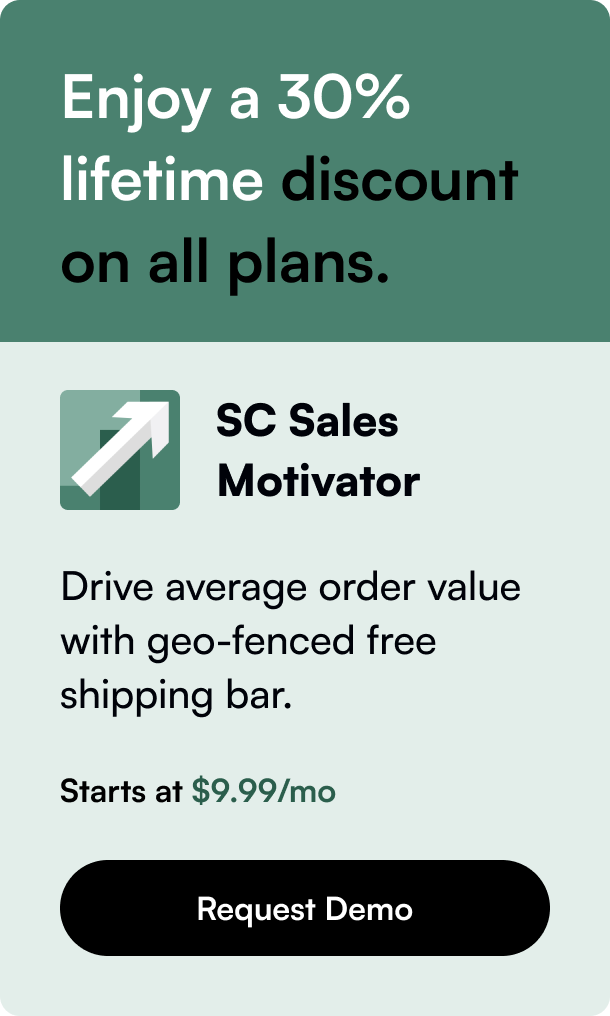Table of Contents
- Introduction
- Unraveling Shopify Returns
- The Strategic Importance of Automating Returns
- Best Practices for Shopify Returns
- Conclusion
- FAQ
Introduction
Returns are an inevitable part of the e-commerce landscape, yet many online retailers grapple with the complexity of managing them efficiently. In the dynamic world of online shopping, an efficient, transparent, and customer-friendly return policy isn’t just a value-added service; it’s a strategic necessity. Particularly for businesses operating on Shopify, understanding and mastering the return process can significantly influence customer satisfaction, retention, and ultimately, the bottom line. Whether you are new to Shopify or looking to optimize your existing return operations, this post will guide you through understanding how returns work on Shopify, the benefits of automating the return process, and how to leverage returns to enhance your customer experience and retain more revenue.
Unraveling Shopify Returns
Shopify, one of the leading e-commerce platforms, offers a plethora of features to facilitate the entire spectrum of online retail operations, including comprehensive return management functionalities. From manually processing a return via Shopify's admin to leveraging integrated apps for automating the return process, Shopify provides flexibility and control to retailers in managing returns according to their specific policy requirements.
Manual Returns Process
Shopify allows merchants to process returns manually through the Shopify admin panel. This process involves a customer initiating a return request, which the merchant then needs to approve manually. Next steps include generating and sending return shipping labels to the customer, receiving and inspecting returned items, and then issuing a refund or an exchange as per the return request. While this manual process offers control, it can be time-consuming and is not scalable for businesses with a high volume of returns.
Automating Returns with Shopify Apps
To streamline the returns process, Shopify offers integrations with various returns management apps, like Loop, which automate the return process. These apps enable customers to submit return requests directly through the online store, automatically generate shipping labels, and even offer alternative exchange items, thereby simplifying the return process for both customers and merchants. Automation not only saves time but also enhances the customer experience by making the return process more straightforward and less frustrating.
The Strategic Importance of Automating Returns
Automating returns on Shopify isn't just about simplifying an operational process—it's a strategic move that can have profound implications for your business.
Enhancing Customer Experience
A smooth, hassle-free return process directly impacts customer satisfaction. By minimizing the need for customer support intervention and offering self-service return options, you provide a better post-purchase experience, contributing significantly to customer loyalty and encouraging repeat business.
Retaining Revenue through Exchanges
Returns management apps like Loop have demonstrated their ability to transform returns into opportunities for retaining revenue. By incentivizing exchanges over refunds, e-commerce businesses can keep the revenue within the brand and potentially introduce customers to products they might like even more than their initial purchase.
Improving Operational Efficiency
Automating returns reduces the manual tasks associated with processing returns, freeing up valuable time for your team to focus on more strategic aspects of your business. This efficiency can lead to cost savings in customer support and logistics, improving your overall operational efficiency.
Gaining Insights from Return Data
Automated returns management systems provide valuable data on why customers are returning items, offering insights that can drive improvements in product development, marketing, and inventory management.
Best Practices for Shopify Returns
To harness the full potential of Shopify's return functionalities and ensure a positive impact on your business, consider these best practices:
-
Define a clear return policy: Your return policy should be easy to understand and accessible on your website. Clearly state the return window, eligibility criteria for returns and exchanges, and any associated fees or shipping costs.
-
Communicate proactively: Keep your customers informed throughout the return process with automated notifications and clear instructions for submitting return requests and shipping back items.
-
Leverage analytics: Use the data from your returns management app to identify trends in return reasons, product issues, or customer behavior patterns. This information can guide improvements in product quality, descriptions, and sizing information, potentially reducing future returns.
-
Personalize the return experience: Consider offering customers personalized exchange options based on their return reason or shopping history. This personal touch can enhance customer satisfaction and increase the likelihood of exchanges over refunds.
-
Integrate sustainability: Promote responsible consumer behavior by providing options for donating or recycling returned items that cannot be resold. This approach aligns with increasing consumer demand for sustainability and can positively impact your brand image.
Conclusion
Proactively managing returns on Shopify by leveraging automation and adhering to best practices is more than just a logistical necessity; it's a strategic opportunity to enhance customer satisfaction, retain more revenue, and gain valuable operational efficiencies. By understanding the mechanics of Shopify returns and implementing a customer-centric, data-driven returns strategy, online retailers can transform the challenge of managing returns into a competitive advantage.
FAQ
Q: Can I offer both refunds and exchanges in my Shopify store? A: Yes, Shopify’s return management functionalities allow you to offer both options based on your return policy.
Q: How can I automate the return process on my Shopify store? A: Automating returns involves integrating with a third-party returns management app like Loop, which offers a seamless, self-service return process for your customers.
Q: Are there any costs associated with using returns management apps on Shopify? A: Yes, most returns management apps come with a subscription fee. It’s important to consider the operational savings and potential revenue retention benefits when evaluating the costs.
Q: How can I stop fraudulent returns? A: Utilize returns management apps that offer fraud detection functionalities. These systems can flag suspicious return patterns and help you minimize fraudulent activities.
Q: Can optimizing the return process really lead to increased repeat business? A: Absolutely. A positive return experience can increase customer trust and satisfaction, making them more likely to shop with you again.








